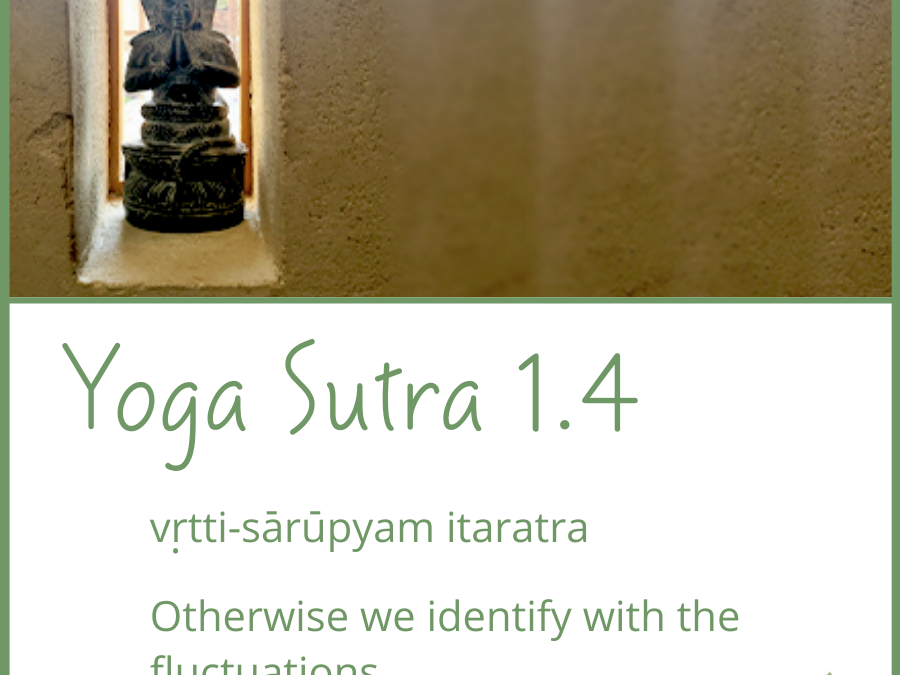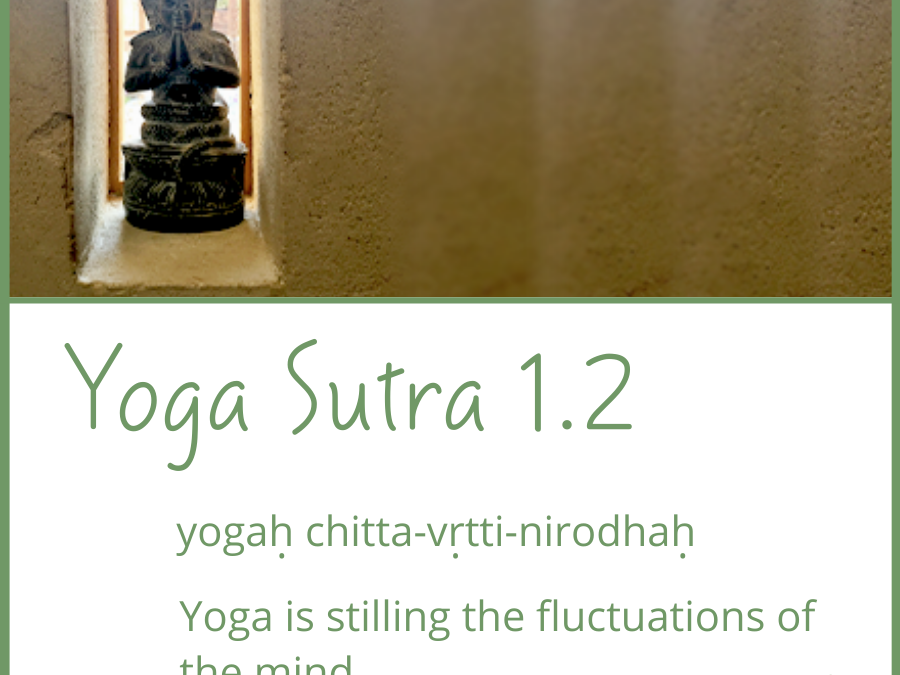by Gwen Burdick Om Bhur Bhuvah Svah Tat savitur varenyam Bhargo devasya dhimahi Dhiyo yo nah prachodayat Translation: With loving reverence we bow to the inner Light, the supreme wisdom in all the world. May this Divine Light guide and illuminate our...
New to Yoga
Practices
Yoga in Your Daily Life
Yoga Beyond Asana
Sister Sciences »
Our Sangha »
focus of the month
The Maha Mrityunjaya Mantra
by Gwen Burdick Om Triyambakam yajamahe Sugandhim pushti vardhanam Urvarukamiva bandhanan Mrityor mukshiya mamritat Translation: I meditate on, and surrender myself to, the Divine Being who embodies the power of will, the power of knowledge and the power of action. ...
Yoga and Meditation
by Jennifer French People often wonder what the difference between yoga and meditation is, believing that they are two separate practices. In truth, yoga has a long tradition that is thousands of years old and, originally, its main purpose in practice was to hone and...
The Four Purusharthas: Kama
The Third Aim: Kama As our investigation of the Purusharthas continues, we come to the third aim, Kama, which means longing, wish, or desire. Kama pertains to the enjoyment of life and needs to be in balance with Dharma (duty) and Artha (means) if we are to experience...

Exploring The Yoga Sutras of Patanjali: Sutra 1.4
Building on the first three sutras, yoga sutra 1.4 states, Vritti sarupyam itaratra: When one is not in Self-realization, the Seer takes on the identity of the fluctuations of mind (thought patterns). That is, when we are wrapped up in our thoughts, unable to stay...

Exploring the Yoga Sutras of Patanjali: Sutra 1.2
In yoga sutra 1.2, the second sutra of book one, Patanjali lays out the definition and purpose of yoga. Yogas citta vrtti nirodhah: yoga is the cessation of the modifications, or fluctuations, of the mind. This sutra gets right to the heart of why we practice yoga. No...
Exploring the Myths of Asana—Siddhasana
Siddhasana, or Accomplished Pose, does not look like much from the outside, but the ability to hold this pose for long periods of time is known to be a marker of meditative excellence. In a sitting position, with the left heel placed against the groin, or perineum,...
Exploring the Myths of Asana—Balasana
Balasana, or Child’s Pose, is one of the most-loved yoga postures for the simple reason that it feels so good. The fact that it’s often taken after a difficult pose may even increase its appeal. Balasana is like a refuge. A breath of fresh air. A release. It’s where...
Exploring the Myths of Asana—Vasisthasana
Vasisthasana, or Side Plank Pose, is named after the great Indian sage Vasistha. The story begins with King Ram, who was an incarnation of Vishnu, one of three main Hindu gods responsible for the creation, maintenance, and destruction of the universe. Vishnu is...
Exploring the Myths of Asana—Hanumanasana
Hanumanasana, or Monkey Pose, in its full expression, is the forward splits, a challenging pose that represents the pose Hanuman took as he leapt from the southern tip of India to Sri Lanka to rescue his good friend Ram’s wife, Sita, who had been kidnapped by the evil...
Exploring the Myths of Asana—Bhujangasana
Bhujangasana, or Cobra Pose, represents our ability overcome fear. While the cobra is generally considered to be a creature that evokes fear, our ability to look past this initial instinct and view fear from a new perspective is key to helping us move past it. As...
Exploring the Myths of Asana—Natarajasana
Natarajasana, or King Dancer Pose, is the embodiment of King Nataraja, a depiction of Shiva, the god of destruction. Shiva represents change. With birth must come death; with destruction must come rebuilding. Nataraja represents Shiva as the ever-present change in the...
Exploring the Myths of Asana—Trikonasana
Trikonasana, or Triangle Pose, is a symbol of trinity. Sacred trinities exist in so many forms in yoga. From the practical mind, body, and spirit or birth, life, and death to the more esoteric main energy channels (nadis) of ida, pingala, and sushumna or the three...
Exploring the Myths of Asana—Sanskrit
Yoga is a centuries old practice with a rich philosophy steeped in the ancient language of Sanskrit. A language once rarely spoken by people in everyday life, Sanskrit is being revived in India such that over 14,000 people currently consider it to be their native...
Prajna Yoga: The Yoga of Wisdom and Compassion – A Guest Blog by Tias Little
The word prajna is a very old word, akin to the Greek word gnosis. Prajna suggests wisdom, a kind of sixth sense—or seventh sense—not intellectual but an intuitive wisdom. Through prajna one actualizes the dharma in everyday life and engages in the world...
Sivananda Yoga
Sivananda Yoga is a form of Hatha Yoga brought to the West in 1957 by Swami Vishnudevananda at the urging of his Indian teacher, a medical doctor named Swami Sivananda. Vishnudevananda founded the International Sivananda Yoga Vedanta Centres based on Swami Sivananda’s...
Ashtanga Yoga
Ashtanga Yoga is a form of Hatha Yoga developed by the late Sri K. Patabbhi Jois in conjunction with his teacher Sri T. Krishnamacharya, the father of Western yoga. The practice is said to be adapted from the 8-limbed Ashtanga yoga system outlined in Yoga Korunta, an...
